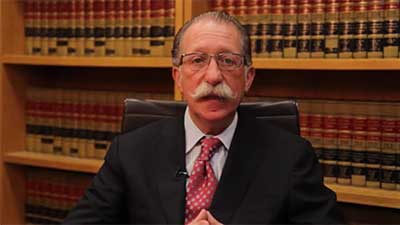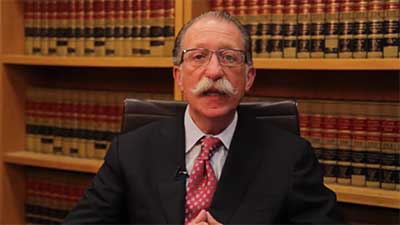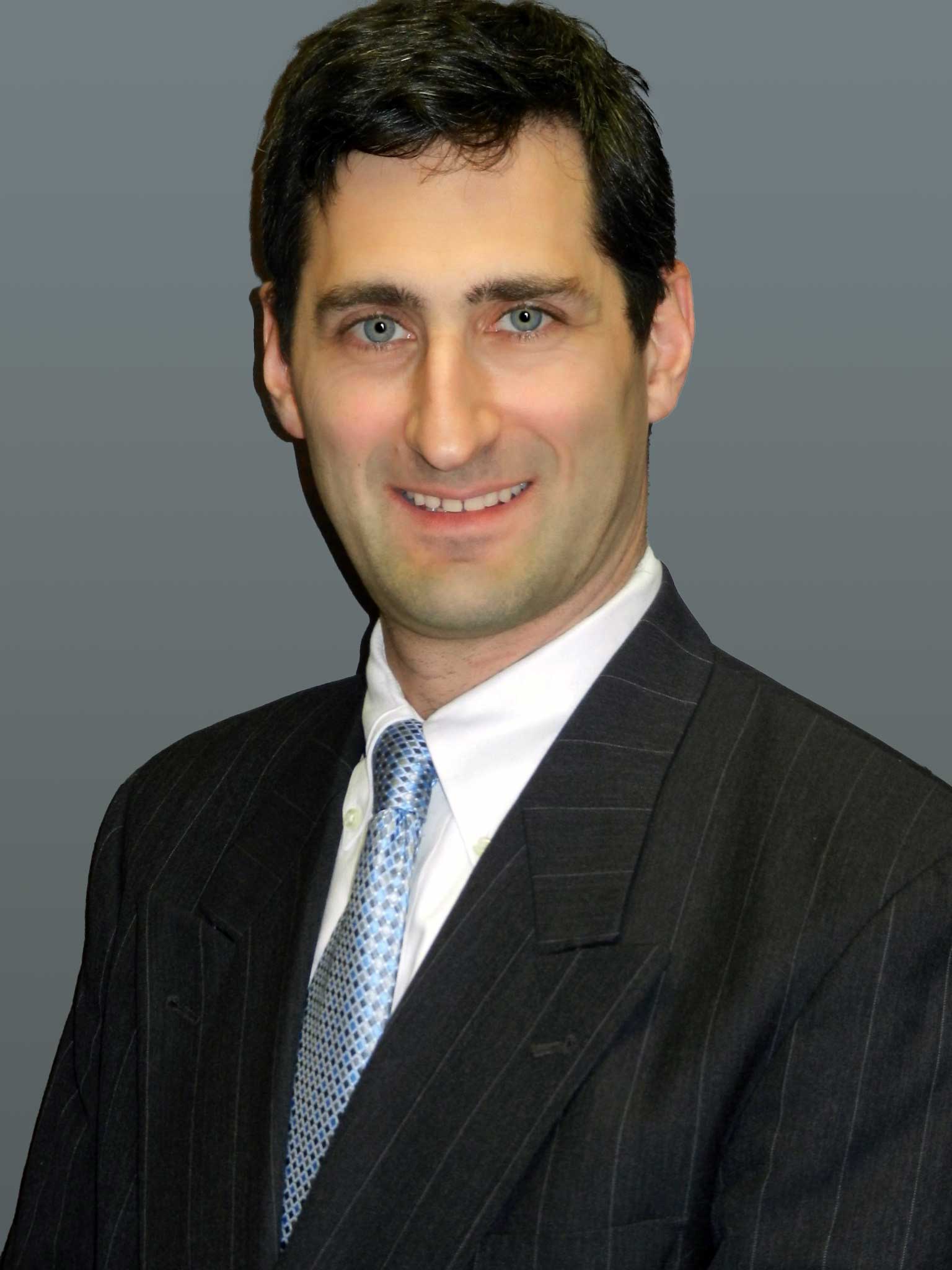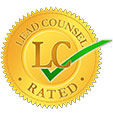During the Covid-19 pandemic telemedicine became necessary for the vast majority of households. It was rarely safe to visit a medical professional in person short of a severe, life-threatening emergency.
Telemedicine is not going away any time soon. Approximately 90% of health care organizations use or plan to implement some manner of telehealth platform.
And yes, a teledoc is as vulnerable to a malpractice suit as an in-person doctor, though the “standard of care" may look different when delivered over the Internet.
How Teledocs Diagnose Patients
They can’t touch you. They’re relying a great deal on what you tell them. They can’t look into your ears, nose, or throat with all the instruments we remember from our childhood check-ups.
Instead, teledocs use algorithms and data analytics to make their diagnoses. They may also use medical devices that monitor patients remotely for some period of time. The doctors then receive those results and use them in their diagnoses. Smart devices can provide real-time data on a patient’s heart rate, blood pressure, temperature, and more.
For the most part, the medical profession is finding that the use of smart devices, electronic medical records, and video-based observations are leading to easier, more accurate diagnostics. In addition, many patients are using healthcare apps to monitor their own data long before they see a doctor, and share that information with the doctor.
Recent Malpractice Cases
Recent malpractice cases include:
- Physicians who exceed the scope of their medical licenses by crossing state lines or prescribing medications across state lines.
- Physicians who over-rely on patient questionnaires.
- Misinterpretation of imaging tests or patient data.
- Transcription errors in converting handwritten medical records to electronic medical records, thus leading to errors in dosage, medication, the route of administration or the frequency with which patients take the medication.
The Telemedicine Standard of Care in New York
As discussed in previous posts, medical malpractice cases revolve around whether a doctor has successfully met the “standard of care." Yet New York has yet to rule on what the specific standard of care should be. There are a wide variety of rulings in other states. New Jersey, for example, requires teledocs to provide the same standard of care as other doctors would provide in similar circumstances, whereas other states hold doctors to the exact standard of care they would be required to deliver in person.
The law is still very much in flux.
There have not been a significant number of malpractice cases involving telemedicine. Yet all malpractice claims are complex.
If you think that your doctor has harmed you the use of telemedicine becomes just one factor in a sea of factors that our New York medical malpractice law office considers when evaluating your case.
Don’t do guesswork. Contact our office to schedule a case review today.


























